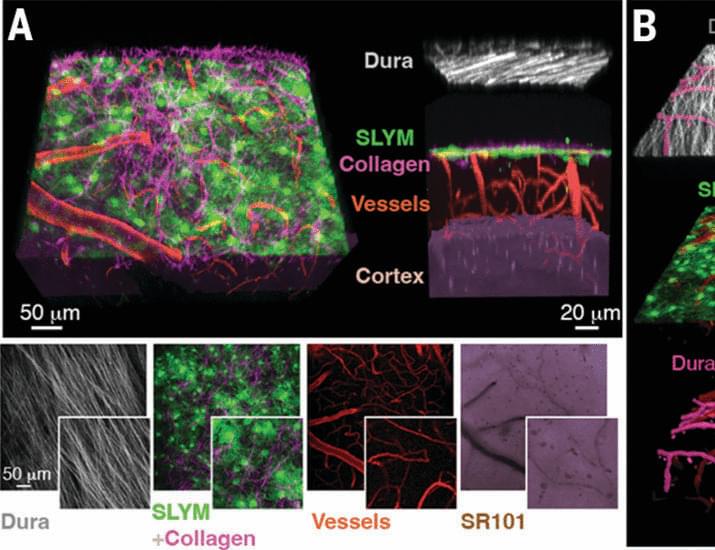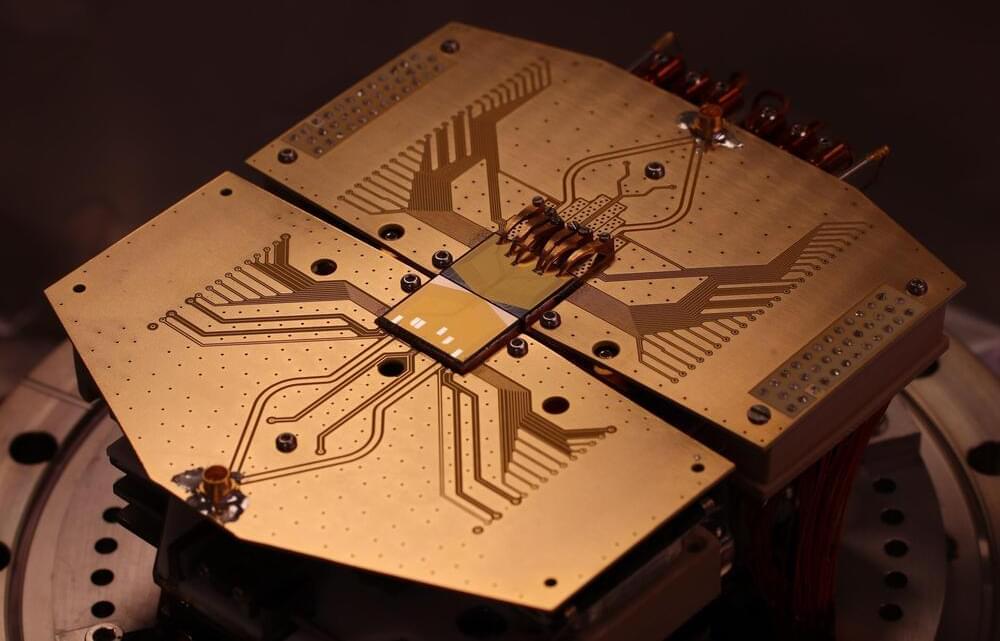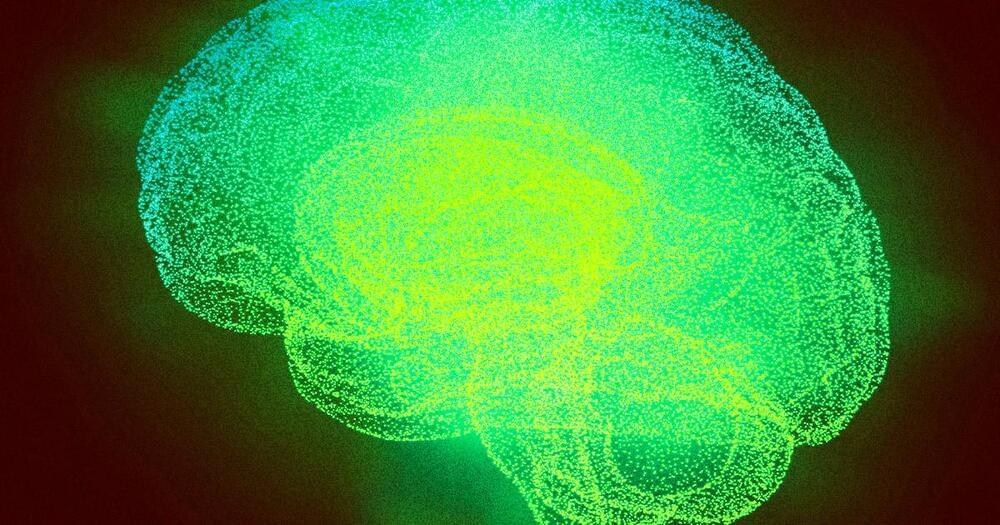Scientists at the University of Connecticut Health, Yale University, and Johns Hopkins University have discovered that certain cancer cells possess the ability to evade limitations caused by oxygen deprivation, enabling the cancer cells to continue to grow.
The findings were recently published in the journal Cell Systems. The research was led by Kshitiz, an assistant professor in the Department of Biomedical Engineering, in collaboration with scientists Chi V. Dang from Johns Hopkins and Andre Levchenko from Yale.
Nearly a decade ago, the researchers observed a strange phenomenon while looking at cancer cells under hypoxia—or a lack of oxygen.





